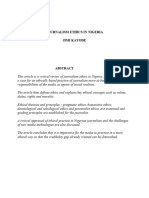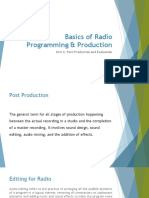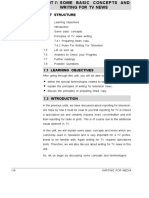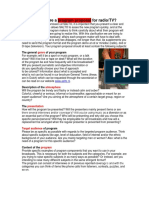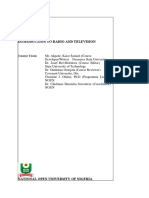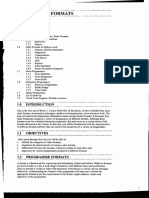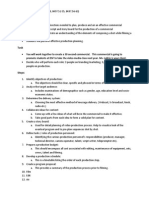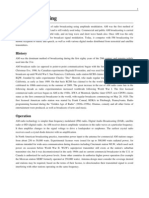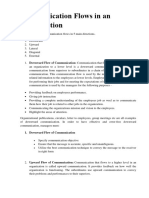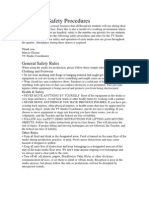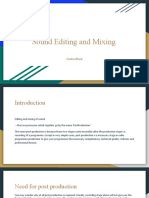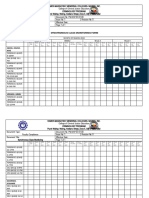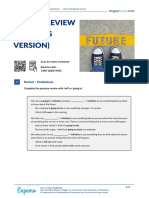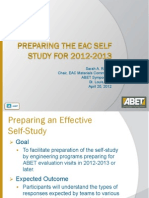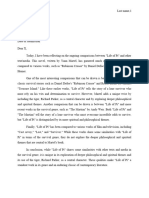0% found this document useful (0 votes)
120 views3 pagesBroadcast Programming 4Ps Guide
Pdf on the university student studying mass communication
Uploaded by
adamsemiu725Copyright
© © All Rights Reserved
We take content rights seriously. If you suspect this is your content, claim it here.
Available Formats
Download as PDF, TXT or read online on Scribd
0% found this document useful (0 votes)
120 views3 pagesBroadcast Programming 4Ps Guide
Pdf on the university student studying mass communication
Uploaded by
adamsemiu725Copyright
© © All Rights Reserved
We take content rights seriously. If you suspect this is your content, claim it here.
Available Formats
Download as PDF, TXT or read online on Scribd
/ 3




